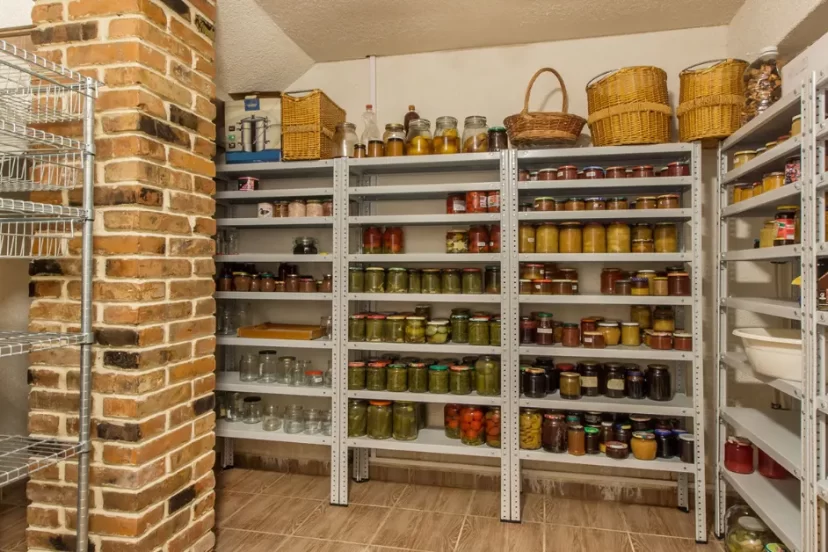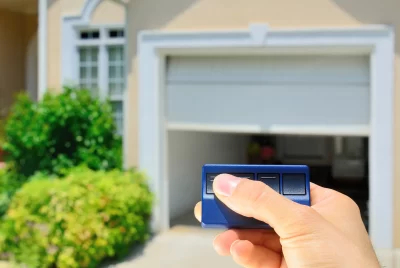Garage Pantry Ideas
Garage pantry ideas, there’s a lot of them. I’ve looked over quite a few for myself and our overloaded multi-purpose garage. The key thing I like about our partially insulated garage is that is stays fairly cool during the summer months when the temperature forces you to turn the AC on in the house and the space doesn’t freeze in the winter. And that stability in temperature is what allowed me to consider my garage to store food long term.
My hope is to provide you with some helpful suggestions, resources, and reasons for implementing these garage pantry ideas. When we first installed the first section of our pantry we discovered how much we could really take to of the kitchen and place on those shelves. I also quickly realized I needed to expand it almost immediately!
I added more shelving a few months later. which was a trigger for my wife to start something she always wanted to do. And that was canning her own things! Those shelves quickly got filled with new and interesting jars of awesome goodness! Then jams started to appear too! Wow, I should have done this project years ago.
My advice would be to make your first project as straightforward and as simple as possible so you’re not overwhelmed by all the intricate possibilities our there. Of course if you’re already good at building and/or visualizing things, then by all means!
So without further ado, let’s dive in!
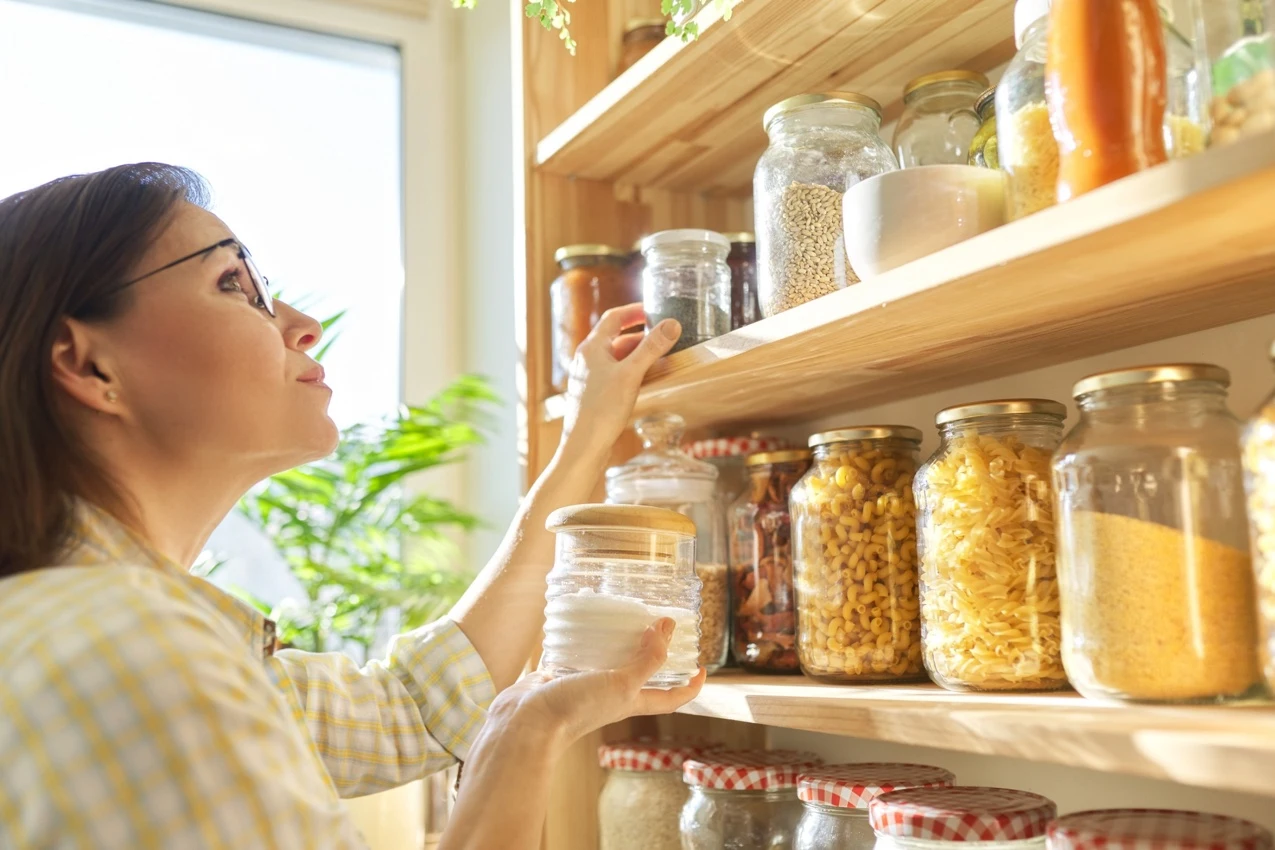
Benefits of Having a Garage Pantry
A garage pantry offers a range of benefits that can greatly enhance your daily life and household organization. Let’s explore the benefits of great garage pantry ideas in more detail:
- Cost Savings: By maintaining a well-stocked garage pantry, you can take advantage of bulk purchases and sales on non-perishable items. Additionally, having a pantry stocked with staple ingredients means you can plan meals in advance, reducing the need for frequent grocery store trips and potentially lowering your overall food expenses.
- Ample Storage Space: This is especially valuable if you have a small kitchen or limited storage areas in your home like we do. By utilizing a part of your garage as a pantry, you free up precious space in your kitchen cabinets and countertops
- Convenience and Accessibility: A pantry is ideal for frequently used non-perishable goods, such as canned foods, dry goods, and beverages. And homemade jams!
- Extended Shelf Life: Garages typically offer a cooler and more stable environment compared to kitchens. This can be beneficial for storing certain non-perishable goods with longer shelf lives. It reduces possible food waste and ensuring your pantry remains well-stocked.
- Expanded Culinary Options: Having a garage pantry allows you to explore a wider range of culinary options. You can stock up on a variety of ingredients like spices, and specialty items, enabling you to experiment with new recipes and flavors. This can elevate your cooking and baking endeavors, inspiring creativity and expanding your culinary horizons.
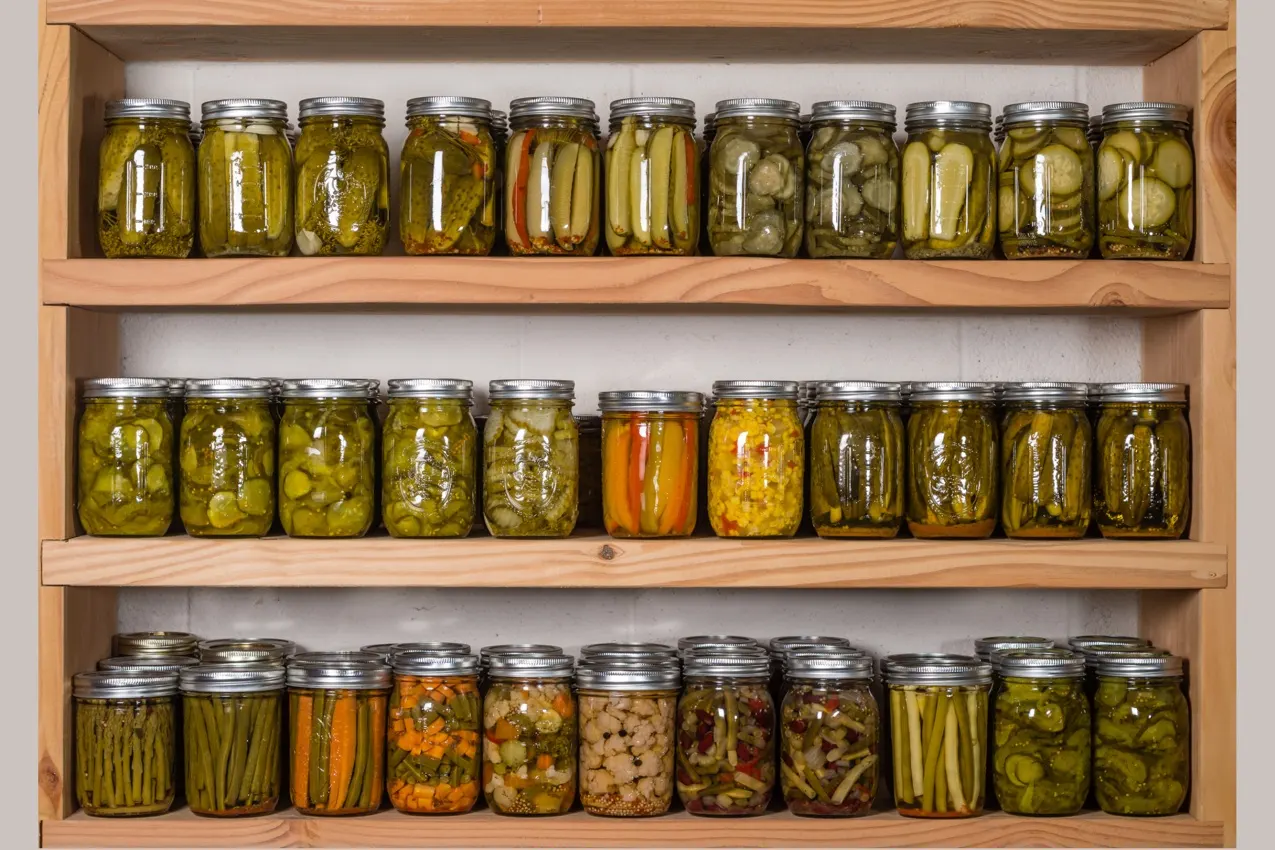
Creating an Efficient Pantry Storage System
To make the most of your garage pantry, it’s crucial to create an efficient storage system. Here are some ideas to get you started:
- Utilizing Vertical Space: Install sturdy metal, plastic or wooden shelving units that reach all the way up to the ceiling. This maximizes the available storage space and allows you to keep items organized and easily accessible. You can, like us, also consider a cabinet with doors to keep the dust from the rest of the garage off your food stuffs.
- Installing Shelving Units: Invest in adjustable shelving units that can accommodate different sizes of containers, tools, and equipment. This flexibility ensures efficient use of space and allows for future modifications. This was our next step to expanding our little section of the garage.
- Utilizing Wall Space: Install wall-mounted racks, hooks, and bins to store smaller items such as gardening tools, cleaning supplies, and paintbrushes. We have a couple baskets for hanging our garlic and other herbs so they remain dry and on hand.
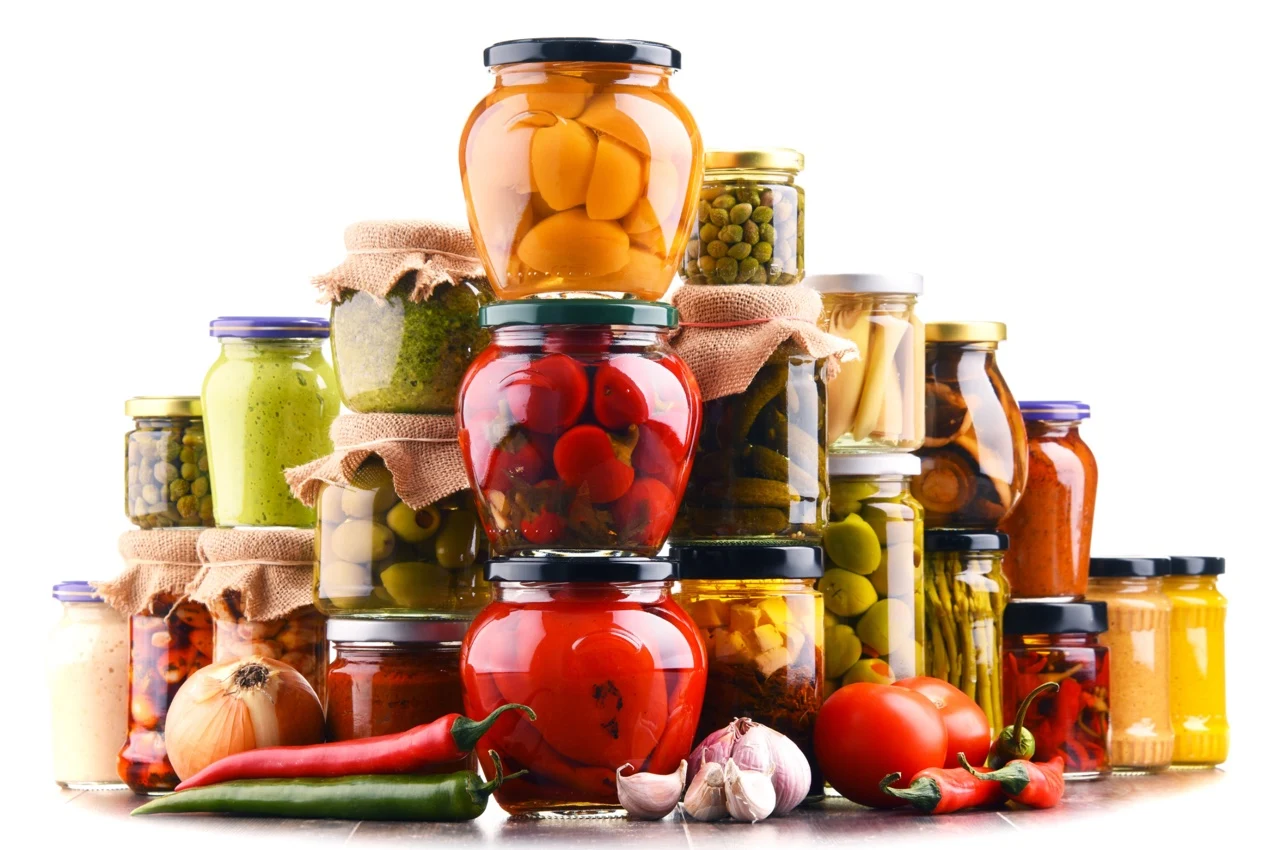
What to Store in a Pantry
Here are some items you can store in your garage pantry:
- Dry Goods: Keep a variety of dry goods, such as rice, pasta, beans, lentils, and grains, in your pantry. These items have a long shelf life and can serve as the foundation for many meals. Make sure these are going to be away from any source of moisture during the year, like drafty windows or the garage door.
- Canned Goods: Stock up on canned goods like vegetables, fruits, soups, and sauces. These provide convenience and versatility, especially during times when fresh produce may not be as readily available.
- Baking Supplies: Store baking essentials such as flour, sugar, baking powder and baking soda in your pantry. Having these ingredients on hand allows you to whip up delicious homemade baked goods whenever the mood strikes. This alone allowed my wife to finally explore her bread making skills and expand upon them.
- Snacks and Treats: This can include items like granola bars, crackers, popcorn, nuts, and dried fruits.
- Condiments and Sauces: Store a variety of condiments and sauces, including ketchup, mustard, mayonnaise, soy sauce, vinegar, and salad dressings.
- Beverages: Coffee, tea, hot chocolate, and non-perishable and carbonated drinks. This ensures you have options for refreshing beverages any time of the day.
- Cereals and Breakfast Items: Store a selection of cereals, oatmeal, granola, and breakfast bars in your pantry. These provide quick and nutritious options for busy mornings.
- Spices and Seasonings: Build a collection of spices and seasonings to enhance the flavor of your dishes. Include essentials like salt, pepper, garlic powder, onion powder, and a variety of dried herbs and spices.
I even started storing a range of meat and fish spices for my year round BBQing. - Baking Mixes and Pre-made Sauces: Consider having baking mixes, pre-made sauces, and marinades in your pantry for days when you need to prepare a meal quickly. These can be convenient options during busy times.
- Specialty Items: Depending on your culinary preferences, store specialty items like international ingredients, unique sauces, or specific dietary items in your pantry. This allows you to experiment with different flavors and cater to specific dietary needs.
Remember to rotate your stock regularly, check expiration dates, and keep your pantry organized for easy access to items. With a well-stocked pantry, you’ll always be prepared to whip up delicious meals and snacks at a moment’s notice.
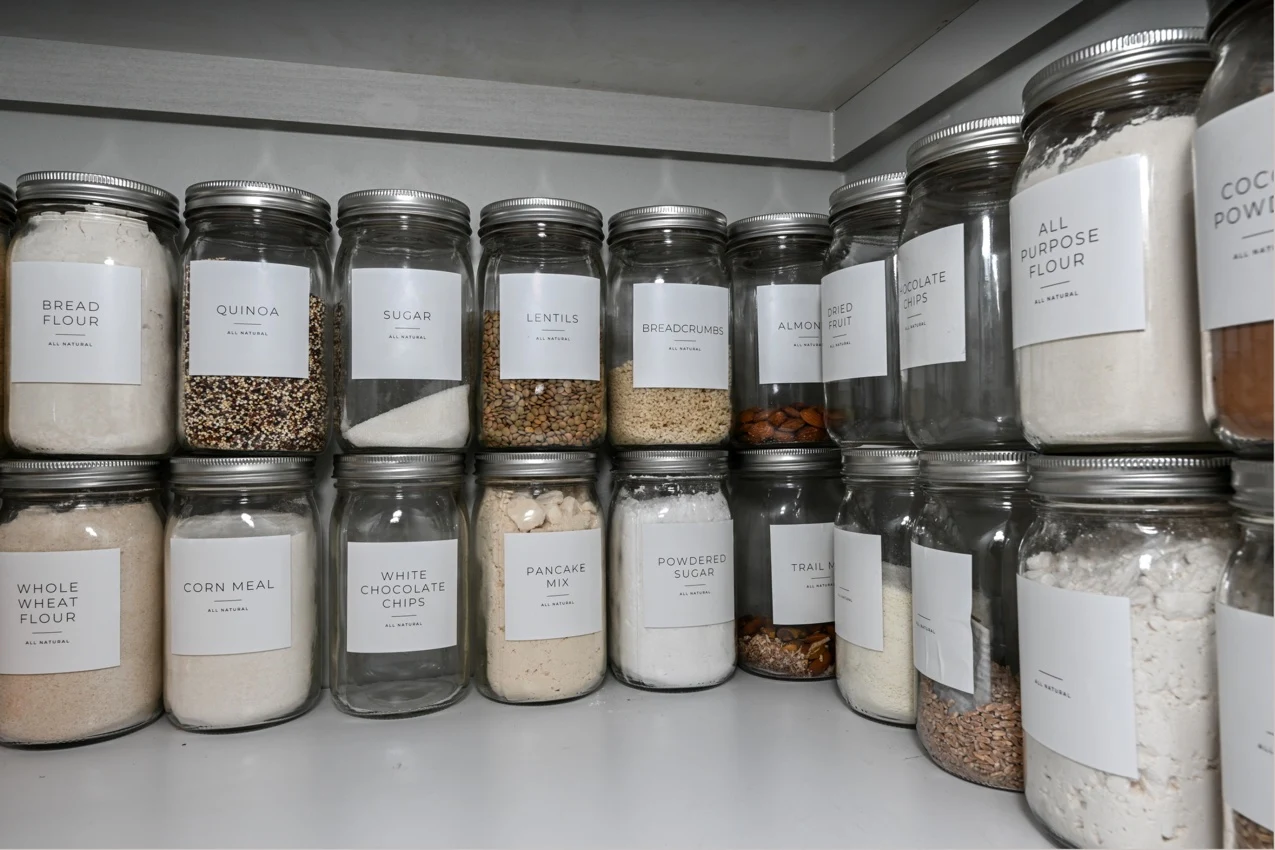
Storing Non-Perishable Goods
Consider these ideas to keep your supplies fresh and accessible:
- Proper Packaging and Labeling: Transfer items from bulky packaging to airtight containers or storage bins to maximize space and preserve freshness. Don’t forget to label each container for easy identification.
- Rotating Stock: When restocking your pantry, always place new items at the back and older ones at the front. This ensures that items with shorter shelf lives are used first, reducing waste.
- Bulk Purchases: Take advantage of bulk buying options for frequently used non-perishable goods. This saves money and reduces the number of trips you need to make to the store.
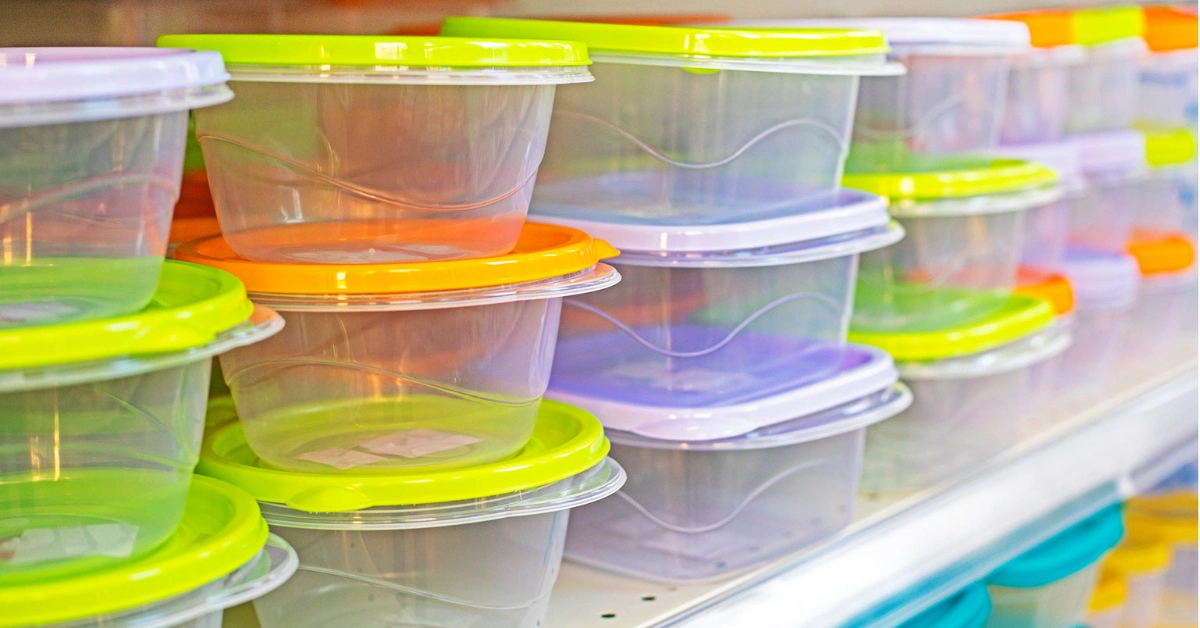
Incorporating Refrigeration Options
If you have the space and resources, incorporating refrigeration options in your garage pantry can be a game-changer. Consider the following options:
- Mini Fridge or Beverage Cooler: Install a compact fridge or beverage cooler to store drinks, snacks, and perishable items that don’t require a full-size refrigerator. This is especially convenient for entertaining or grabbing a quick refreshment.
- Chest Freezer: If you have extra space, a chest freezer provides ample storage for frozen foods, allowing you to take advantage of sales or store seasonal produce for longer periods.
- Wine Cooler or Cellar: If you know your garage stays at a stable temperature year round then you could consider transforming a section of their garage pantry into a mini-wine cellar or at least install a wine cooler.
Creative Ideas for a Garage Pantry
Let’s explore some creative ideas to make your garage pantry unique and personalized:

- Repurposing Furniture: Consider repurposing an old cabinet, bookshelf, or dresser to create a custom storage solution for your garage pantry. With a fresh coat of paint and some adjustments, you can transform these pieces into functional and stylish storage units.
- DIY Storage Solutions: Get creative with DIY storage solutions such as repurposing old wooden crates, metal bins, or even mason jars for storing smaller items. These unique touches add character and functionality to your pantry.
- Custom Pantry Systems: If you prefer a more streamlined and cohesive look, invest in custom pantry systems designed specifically for garage spaces. These systems often include adjustable shelves, pull-out drawers, and specialized storage solutions tailored to your needs.

Maintaining a Clean and Pest-Free Environment
To ensure the longevity of your garage pantry and the freshness of its contents, follow these maintenance tips:
- Regular Cleaning and Inspection: Set a cleaning schedule for your garage pantry to remove dust, debris, and any potential pest attractants. Regularly inspect for signs of pests and address any issues promptly.
- Pest Control Measures: Install pest control devices, such as traps or repellents, to deter unwanted critters from entering your garage. Seal any gaps or cracks that pests could use as entry points.
- Proper Ventilation: Ensure your garage pantry has adequate ventilation to prevent moisture buildup and the growth of mold or mildew. Consider installing a ventilation fan or keeping a window cracked open to promote air circulation during the drier months.
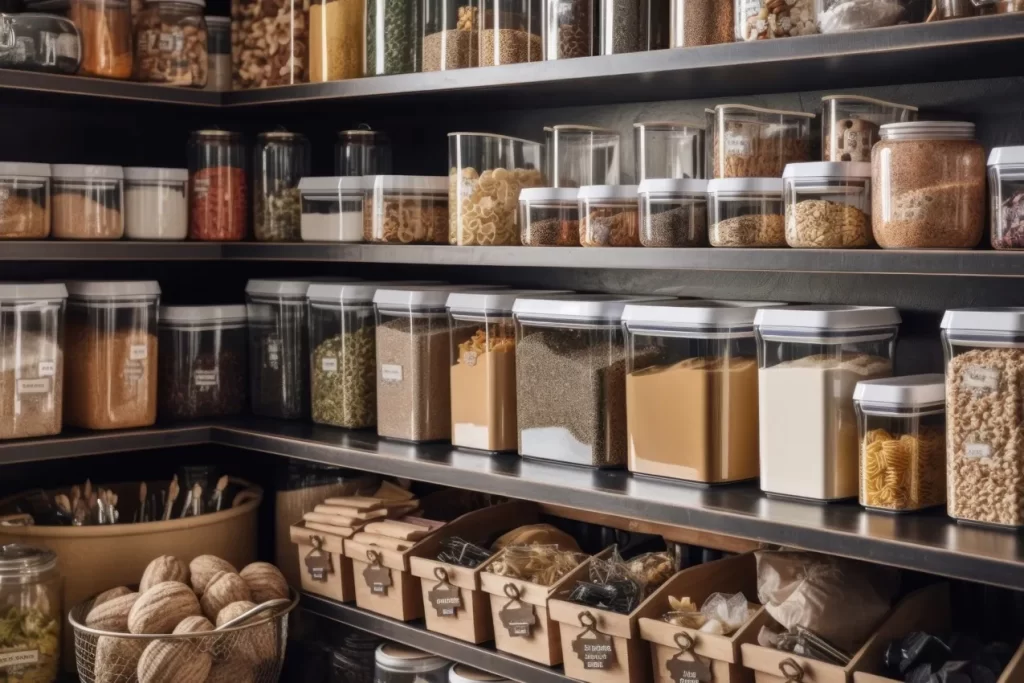
Conclusion
From buying shelving or a few cabinets to building your own custom setup, the possibilities are nearly limitless. The key is to decide which suits you best and just start. Had I known what having that space would inspire my wife to learn and make for the family, I would have done this long ago! Everyone can use a little more space in their kitchens and delegating those items best suited to a pantry creates a more efficient use of both spaces!
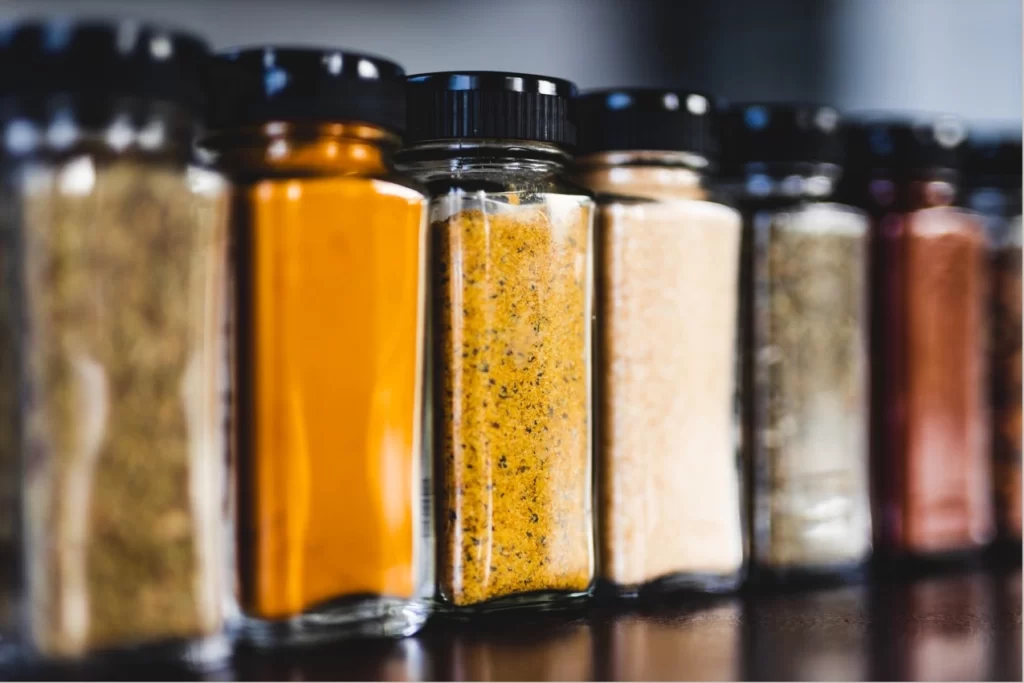
FAQs
- Q: Can I store perishable food items in my garage pantry?
- A: It’s generally not recommended to store perishable food items in a garage pantry due to temperature fluctuations and the risk of spoilage. Stick to non-perishable goods to ensure food safety.
- A: It’s generally not recommended to store perishable food items in a garage pantry due to temperature fluctuations and the risk of spoilage. Stick to non-perishable goods to ensure food safety.
- Q: How can I protect my stored items from extreme temperatures in the garage?
- A: Use insulated containers or storage bins to protect temperature-sensitive items. Consider adding weatherstripping to the garage door and insulating the walls to regulate the temperature inside.
- A: Use insulated containers or storage bins to protect temperature-sensitive items. Consider adding weatherstripping to the garage door and insulating the walls to regulate the temperature inside.
- Q: What should I do if I spot pests in my garage pantry?
- A: Take immediate action by identifying the pest and implementing appropriate pest control measures. Clean the affected area thoroughly and store all food items in tightly sealed containers to prevent further infestation.
- A: Take immediate action by identifying the pest and implementing appropriate pest control measures. Clean the affected area thoroughly and store all food items in tightly sealed containers to prevent further infestation.
- Q: Can I store cleaning chemicals in my garage pantry?
- A: While it’s possible to store cleaning chemicals in a garage pantry, ensure they are stored securely, separately and out of reach of children or pets. Keep them in their original containers with labels intact.
- A: While it’s possible to store cleaning chemicals in a garage pantry, ensure they are stored securely, separately and out of reach of children or pets. Keep them in their original containers with labels intact.
- Q: Are there any safety precautions I should consider when creating a garage pantry?
- A: Ensure proper ventilation, install adequate lighting, and avoid overloading shelves or storage units. Place heavy items on lower shelves to prevent accidents and injuries.

